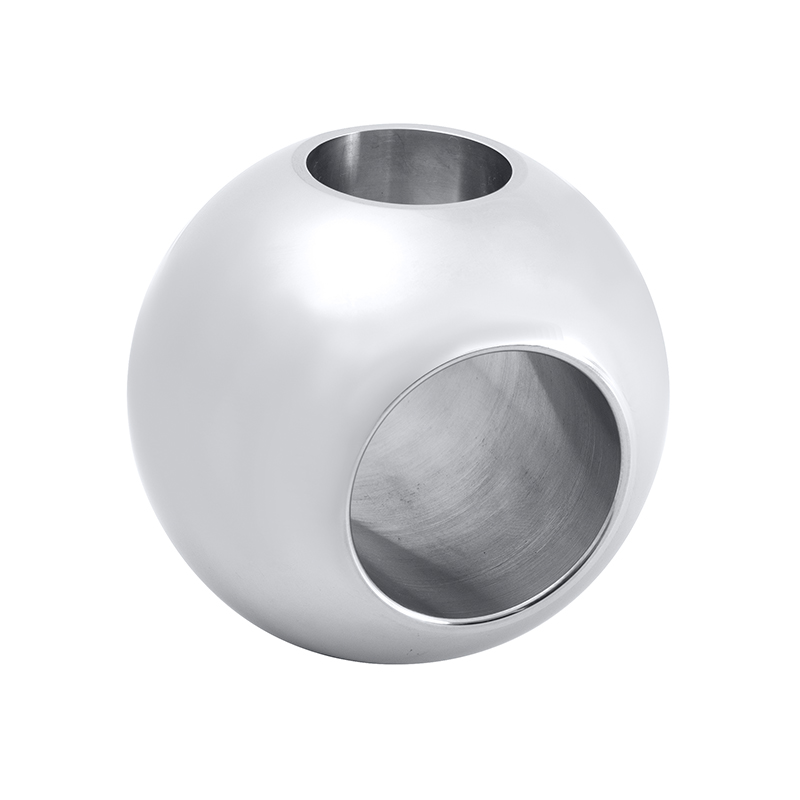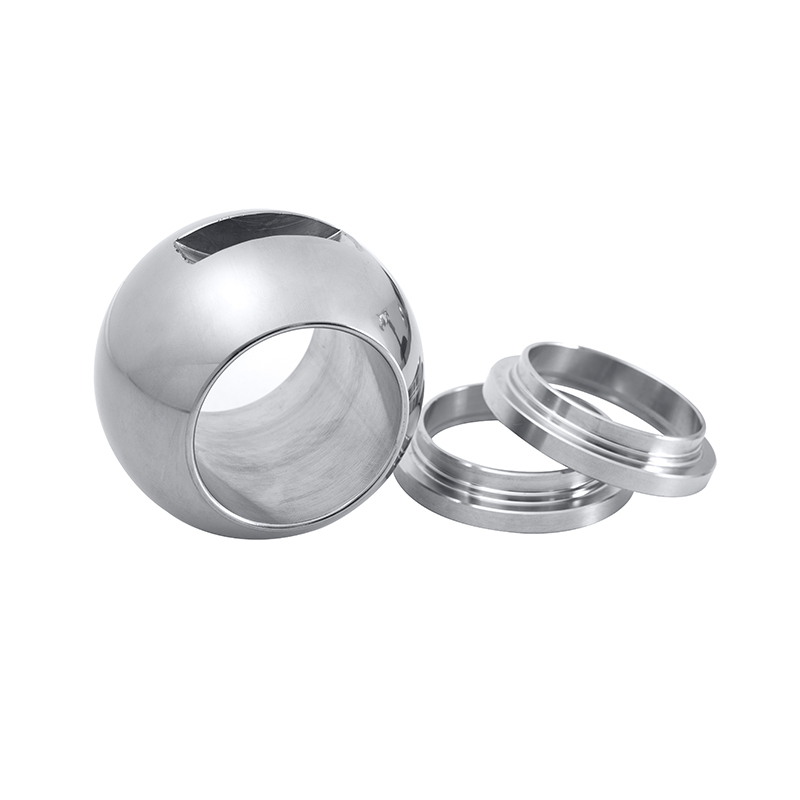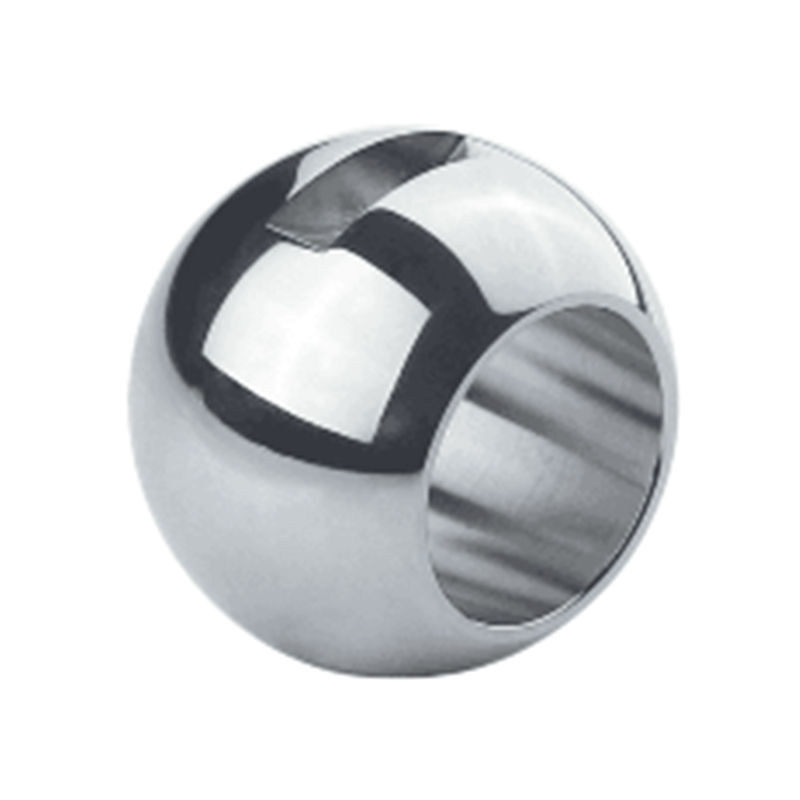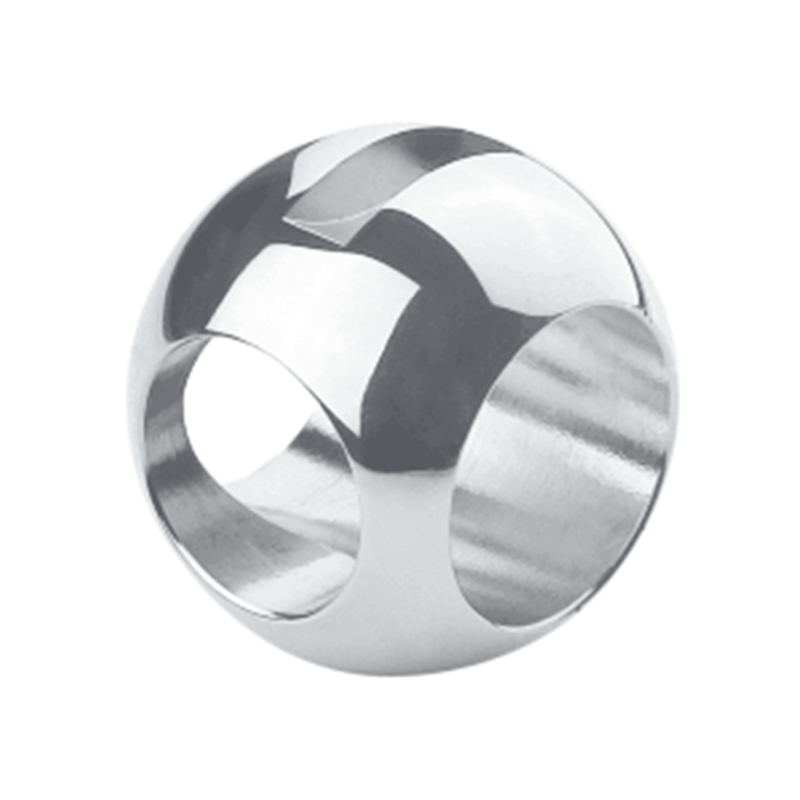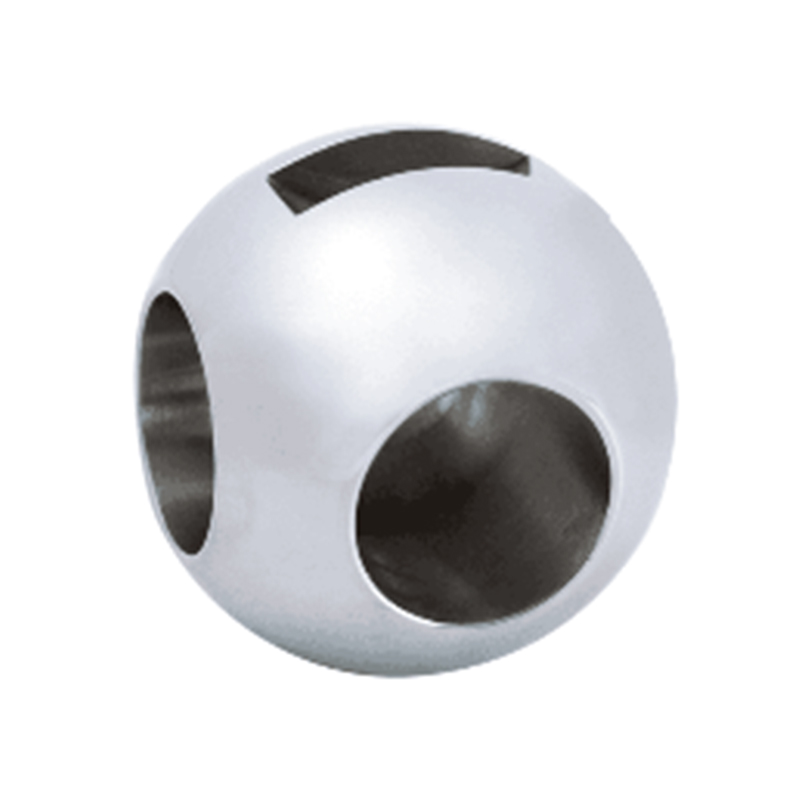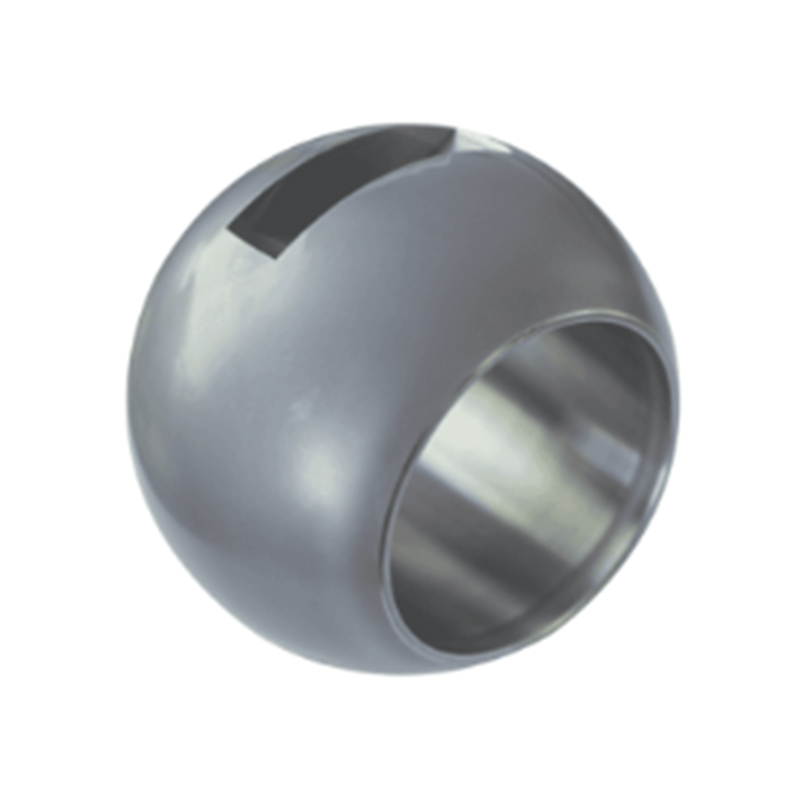Especially in applications involving three way ball valves and L type valves, the quality of the surface finish directly influences flow control, sealing reliability, and valve longevity. For any ball valve factory, understanding and controlling the surface finish of valve balls is essential for delivering components that meet the operational needs of fluid systems across industries such as oil and gas, water treatment, and chemical processing.
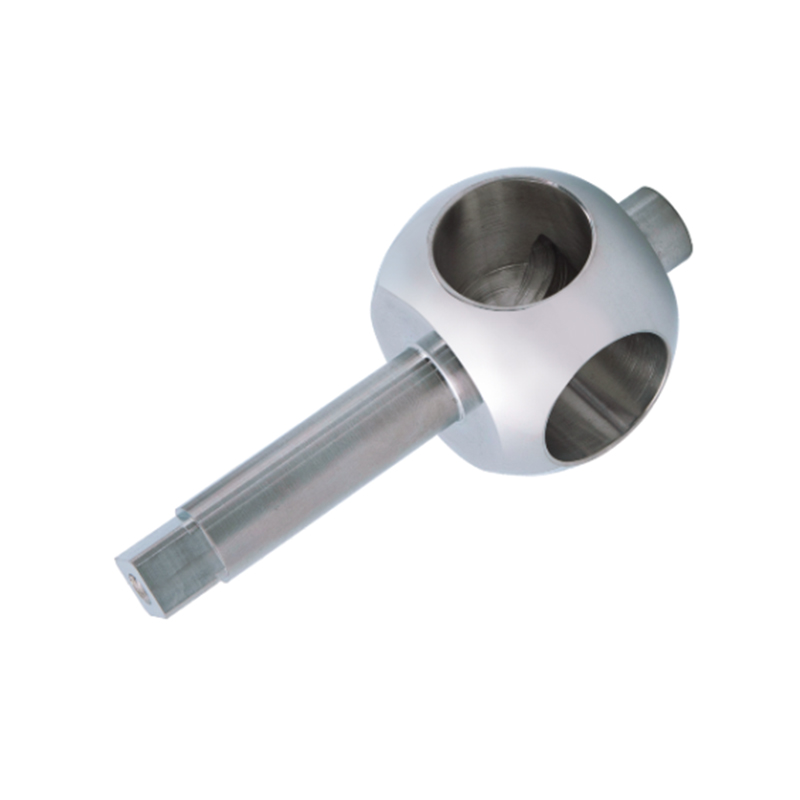
The Basics of Surface Finish in Valve Balls
Surface finish refers to the texture and smoothness of the valve ball’s outer surface. This surface is in constant contact with sealing materials and fluids under varying pressures and temperatures. A smoother surface helps achieve better sealing and reduces wear on both the ball and the seat. On the contrary, a rough or inconsistent finish may advance to micro-leakages, reduced operational life, and increased torque requirements during operation.
In a ball valve factory, achieving the desired surface finish requires advanced machining, polishing, and inspection techniques. Modern CNC equipment and precision lapping processes are used to create uniform finishes that comply with standard surface roughness specifications, typically measured in micrometers (μm) or microinches (μin).
Impact on Three Way Ball Valves
A three way ball valve is a multi-port valve designed to manage fluid direction within complex systems. Depending on the flow configuration, these valves may be used to mix, divert, or shut off flow. Due to the additional port and internal flow paths, the valve ball must have a carefully engineered surface finish to ensure smooth transitions and consistent sealing on all sides.
Poor surface finish in a three way ball valve can result in uneven flow distribution or failure to seal properly at one or more ports. This is particularly concerning in systems that operate under high pressure or handle aggressive media. Therefore, during production in a ball valve factory, special attention is paid to the geometry and polishing of valve balls intended for three way configurations.
L Type Valve and Surface Requirements
An L type valve refers to a specific type of three way ball valve where the flow path follows an “L” shaped channel. This configuration allows the fluid to switch between two different outlets from a single inlet, or vice versa. In such designs, the ball must rotate precisely to align the ports accurately, and surface irregularities can interfere with proper rotation or cause unwanted pressure drops.
The surface finish of an L type valve directly influences its sealing capabilities and flow performance. Any imperfections in the valve ball surface can advance to turbulence, erosion, or even leakage, especially at the port interfaces. In a ball valve factory, L type valve balls are often subject to additional inspection and surface testing to verify that the material and machining processes produce a reliable and consistent product.
Manufacturing and Inspection Considerations
To ensure efficient valve ball performance, a ball valve factory typically adopts a series of controlled steps during production. These include:
Material selection: Stainless steel, brass, and high-grade alloys are commonly used for their machinability and resistance to corrosion.
Rough machining: The valve ball is initially shaped using CNC turning or forging.
Precision grinding and lapping: This stage refines the roundness and surface texture.
Polishing: Fine polishing removes microscopic surface irregularities.
Surface inspection: Tools such as profilometers measure surface roughness, ensuring consistency across production batches.
By maintaining strict quality control at each step, the factory ensures that valve balls used in three way ball and L type valve applications meet the necessary standards for industrial use.
The surface finish of a valve ball is not merely an aesthetic feature but a functional characteristic that determines how efficiently a valve will perform over time. Whether used in a three way ball valve or an L type valve, the smoothness and consistency of the surface can significantly impact sealing performance, flow control, and long-term durability. Within a ball valve factory, understanding these relationships and applying the right manufacturing techniques helps deliver components that perform reliably in demanding environments.

 English
English Español
Español Deutsch
Deutsch
